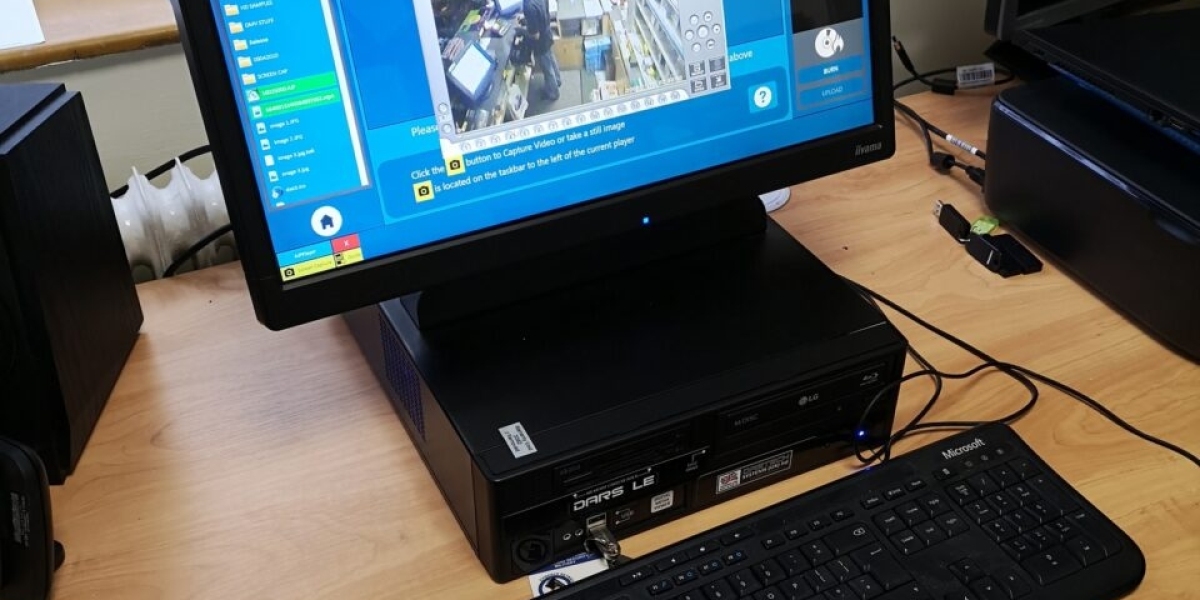Introduction
The exponential growth of closed-circuit television (CCTV) usage over the past 20-30 years has propelled the field of forensic analysis to new heights. CCTV systems have become increasingly sophisticated, comprising a diverse range of products and equipment from various manufacturers. These cameras are no longer limited to city centers, college campuses, and supermarkets; they have found their way into the hands of private individuals seeking to protect their properties. Moreover, the advent of mobile phones, digital cameras, and dash cams has resulted in major incidents and crimes being captured through these devices, adding to the growing pool of digital multimedia evidence (DME).
DARS: A Catalyst for Investigative Excellence
The DARS represents a significant leap forward in forensic analysis. Designed to cater to the needs of investigative agencies, DARS provides a comprehensive solution for playback, processing, capture, and analysis of vast quantities of CCTV footage and DME. By adhering to forensically sound procedures and practices, DARS ensures the reliability and validity of the evidence.
DARS goes beyond conventional methods by incorporating advanced technologies such as artificial intelligence and machine learning. These capabilities enable the system to automate and streamline the analysis process, significantly enhancing investigative efficiency. Through the integration of powerful algorithms, DARS can swiftly identify relevant patterns, extract critical information, and assist investigators in piecing together complex scenarios.
Unleashing the Potential of Photogrammetry
At the heart of DARS lies its exceptional photogrammetry capabilities. Photogrammetry, a technique that extracts information from images, plays a pivotal role in forensic analysis. DARS leverages this technology to reconstruct crime scenes with remarkable accuracy, enabling investigators to establish spatial relationships, measure dimensions, and create virtual models. By immersing themselves in a virtual representation of the crime scene, investigators gain unique insights into the dynamics and sequence of events, which significantly aids in the pursuit of truth.
Furthermore, DARS utilizes photogrammetry to identify and analyze minute details within images, such as facial features, license plates, or other crucial evidence. This capability allows investigators to zoom in, enhance, and examine specific elements, potentially uncovering hidden clues that could make all the difference in solving a case.
Conclusion
As the world continues to rely on CCTV systems and digital devices to capture crucial evidence, the need for advanced forensic analysis tools becomes increasingly evident. DARS stands at the forefront of this technological revolution, empowering investigative agencies to navigate the complex landscape of CCTV footage and DME.
By harnessing the power of artificial intelligence, machine learning, and photogrammetry, DARS enhances investigative efficiency, expediting the analysis process and uncovering hidden insights. As the future unfolds, DARS will continue to push the boundaries of forensic analysis, providing investigators with the cutting-edge tools they need to unravel mysteries, bring justice to the perpetrators, and ensure the safety and well-being of our society.








